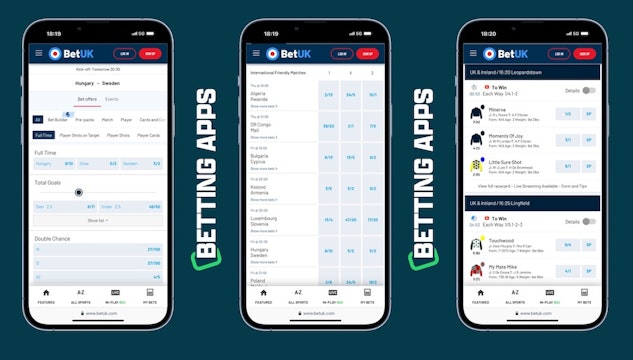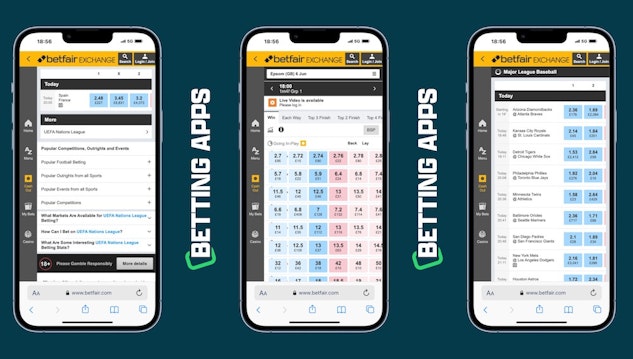If you've been a regular at a few betting apps, you may have noticed how odds can differ so slightly between bookmakers. This is exactly where the term overround may have caught your eye.
I personally dived deeper into overrounds when I realized how the numbers didn't quite add up to a clean 100 percent while calculating the odds. That was quite interesting to me as a beginner, and it turns out that overround concerns how betting companies ensure long-term profitability regardless of the outcome. Here's everything you need to know about it.
What is Overround in betting apps?

Overround in betting apps is the built-in margin that bookmakers add to a market to make a profit. This ensures that betting apps always remain profitable no matter the outcome. You can calculate the overround yourself by adding the showcased probabilities of all outcomes on a betting site, which usually exceeds 100 percent.
Let's take a simple example from a football match:
Team A to win: 2.00 (implied probability: 50 percent)
Team B to win: 2.00 (implied probability: 50 percent)
In this case, the total implied probability is 100 percent, meaning there's no overround, this would be a fair market. But you rarely see this in practice.
More realistically, you might see:
Team A to win: 1.91 (implied probability: 52.4 percent)
Team B to win: 1.91 (implied probability: 52.4 percent)
Now, the total is 104.8 percent. That extra 4.8 percent is the overround, also known as the bookmaker's margin. Even if you back every outcome, the house will simply retain its edge.
Even the betting apps with the best bonuses will have overrounds baked into almost every market. The higher the overround, the less value you're getting as a punter.
Can you avoid Overround in betting apps?

You can't completely avoid overround, but you can reduce its impact by betting on markets with lower margins. For example, high-profile football matches tend to have tighter pricing than obscure leagues or niche props. Odds comparison tools are also helpful to find the best available prices across different apps.
Another option is to use betting exchanges like Betfair. On betting exchanges, you bet against other users rather than a bookmaker. Instead of setting the odds, betting apps take a small commission from winnings on exchange bets, which allows tighter margins.
What to do when you spot an unfair overround
If a market has a clearly inflated overround, say 110 percent or more, it's often best to skip it. That extra margin heavily reduces your expected value, especially if you're betting frequently.
You can also flag these situations as a sign that the market is either very niche, low-liquidity, or not priced competitively.In those cases, you're better off looking for similar bets elsewhere or waiting until closer to kickoff, when odds may tighten.
FAQs About Overround in Betting Apps
A "good" overround is typically under 105 percent for most mainstream markets. Anything under 102% is considered excellent and usually only found in very liquid markets or betting exchanges.
You can convert each set of odds into its implied probability and add them up to calculate the overround in a market. If the total is over 100 percent, the difference is the overround.
Here's how it works in decimal odds. The example tennis match below has the following odds:
Player A: 1.80 → 1 / 1.80 = 0.5556 (55.56 percent)
Player B: 2.10 → 1 / 2.10 = 0.4762 (47.62 percent)
Add them together: 55.56 percent + 47.62 percent = 103.18 percent. That means the overround is 3.18 percent and it's the bookmaker's edge on that market.
Yes. Every bookmaker includes a margin, overround, in their odds. Even betting exchanges have an effective overround through commission fees.
Not always, but it usually means less value. In rare cases, like when a bookie misprices one side, you might still find value despite a high overround. But in general, lower is better.
Free bets can help offset the impact of overround since you'll technically be gambling with the house's money. However, it's still smart to use them where odds are competitive.








